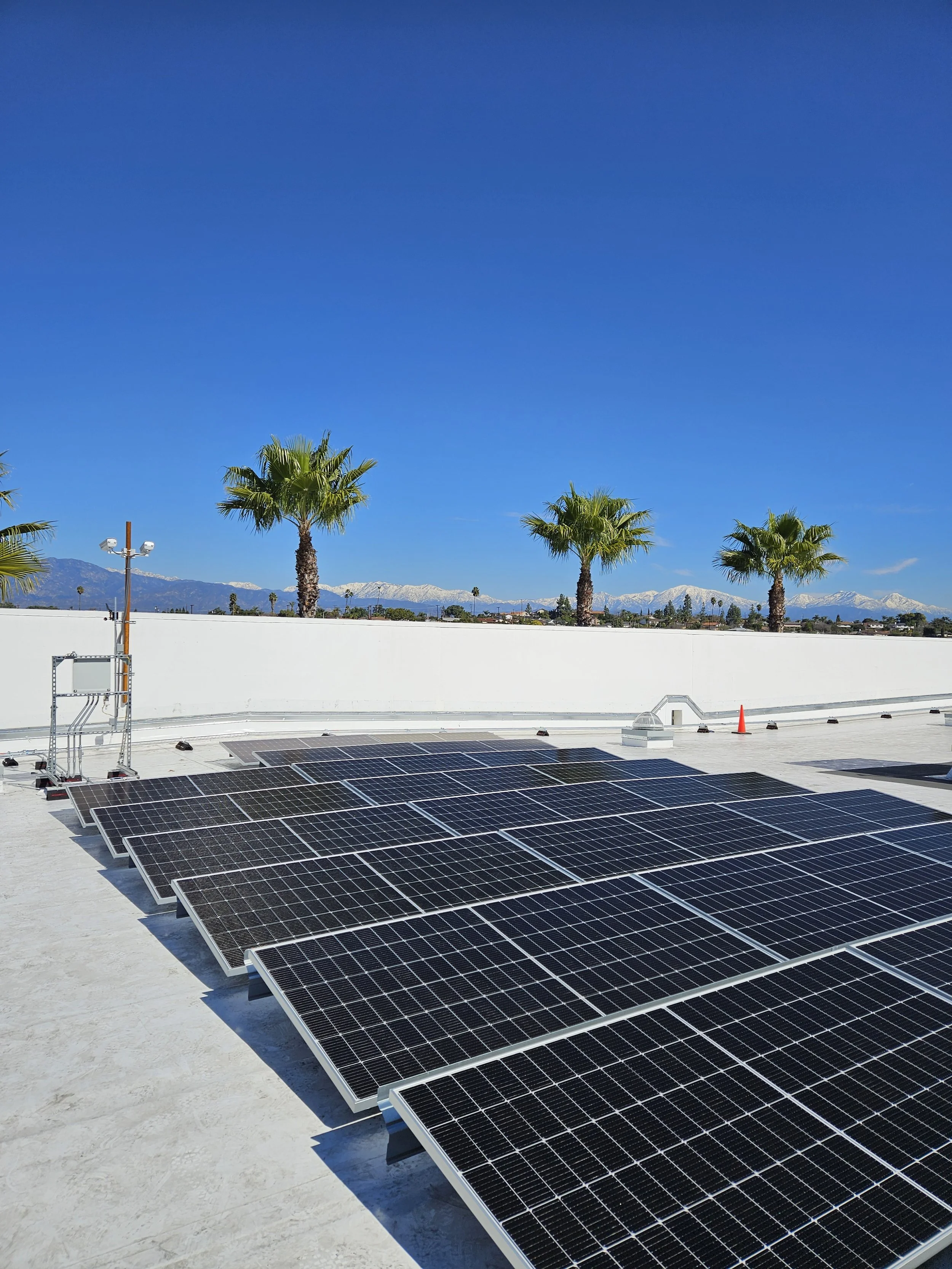
Microgrid Solutions
BCE Comprehensive Microgrid Solutions
A microgrid is a localized energy system that can operate independently or in conjunction with the main power grid. See below to learn how a microgrid can achieve your goals.
Lowering Carbon Footprint and Energy Costs
Renewable Energy Integration: Microgrids can incorporate renewable energy sources like solar panels, wind turbines, fuel cells, linear generators, cogeneration, and battery storage. This reduces reliance on fossil fuels, significantly lowering the site’s carbon footprint.
Energy Efficiency: By optimizing energy use and reducing waste, microgrids can lower overall energy costs. Advanced energy management systems ensure that energy is used efficiently.
Power When You Need It
Resilience to Power Outages: Microgrids can operate independently from the main grid, providing a reliable power supply during outages. This ensures continuous operation of critical systems.
Backup Power: With integrated energy storage solutions and generation assets, microgrids can provide backup power, enhancing energy reliability.
Reducing Revenue Loss and Production Downtime
Continuous Operations: By maintaining power during grid outages, microgrids prevent revenue loss and production downtime. This is crucial for industries where even short interruptions can be costly.
Improved Stability: Microgrids enhance the stability of the local energy supply, reducing the risk of unexpected downtimes.
Future-Proofing with Smart Technologies
Smart Building Technology: Microgrids can integrate with smart building systems to optimize energy use, enhance comfort, and reduce costs.
Virtual Power Plants: By aggregating multiple microgrids, virtual power plants can provide additional grid services and enhance overall energy management. Tying your microgrid to a VPP program can add additional revenue to your microgrid.
EV Charging: Microgrids can support electric vehicle (EV) charging infrastructure, promoting the use of clean transportation and further reducing carbon emissions. EV charging incorporated into a microgrid can include Vehicle to Grid (V2G) which increases potential revenue of your microgrid.
Financing with No Upfront Cost
Microgrids can be financed through innovative models like Power Purchase Agreements (PPAs) and Energy Service Agreements (ESAs), which require no upfront capital from the customer.
Here’s how these models work →
-
Third-Party Ownership: Under a PPA, a third-party developer designs, builds, and maintains the microgrid. The customer agrees to purchase the electricity generated by the microgrid at a predetermined rate. A PPA agreement typically includes guarantees for uptime to the site for the customer.
No Upfront Costs: The customer incurs no initial capital expenditure, as the developer covers all installation and maintenance costs.
Fixed Energy Costs: PPAs often provide fixed or predictable energy costs, protecting the customer from market volatility.
Long-Term Savings: Over the term of the agreement, customers can achieve significant savings compared to traditional energy sources.
-
Performance-Based Payments: In an ESA, the customer pays for the energy services provided by the microgrid, such as energy savings or reliability improvements, rather than the energy itself.
No Capital Investment: Similar to a PPA, the ESA provider covers all upfront costs, including design, installation, and maintenance.
Shared Savings: The customer and the ESA provider share the savings generated by the microgrid, creating a win-win scenario.
Enhanced Flexibility: ESAs can be tailored to meet specific energy needs and goals, offering more flexibility in terms of contract length and service scope.
-
Risk Mitigation: Both models transfer the financial and operational risks to the third-party provider, reducing the customer’s exposure.
Immediate Benefits: Customers can start benefiting from reduced energy costs and improved reliability without waiting for a return on investment.
Sustainability Goals: These agreements support sustainability initiatives by enabling the adoption of renewable energy and reducing carbon emissions without financial barriers. By leveraging PPAs and ESAs, businesses can implement microgrids to enhance energy reliability, reduce costs, and achieve sustainability goals without the need for significant capital investment.



